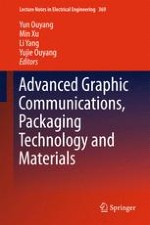2016 | OriginalPaper | Chapter
116. Study on the Synthesis and Property of Water-Based UV-Curable Epoxy Acrylate with Low Viscosity
Authors : Zhenzhen Zhang, Jilei Chao, Fuqiang Chu
Published in: Advanced Graphic Communications, Packaging Technology and Materials
Publisher: Springer Singapore
Activate our intelligent search to find suitable subject content or patents.
Select sections of text to find matching patents with Artificial Intelligence. powered by
Select sections of text to find additional relevant content using AI-assisted search. powered by
